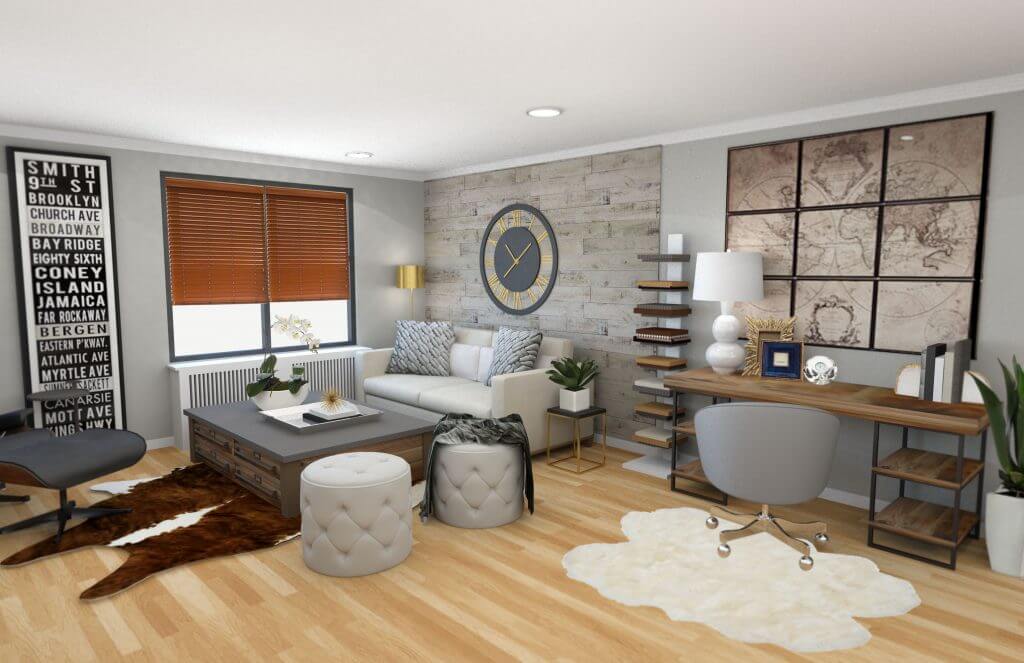Modern salon design is no longer just about aesthetics. It’s a careful blend of architecture, furniture design, and user experience that defines how clients perceive a space. Every shape, texture, and fixture plays a role in creating an atmosphere that feels both functional and inspiring.
Furniture, in particular, has evolved into more than just a collection of pieces. It now acts as an architectural element that dictates flow, comfort, and personality within a salon. From the placement of styling stations to the curves of a reception counter, the right choices can transform an ordinary interior into an artistic statement.
The architectural identity of a salon is shaped by how furniture interacts with light, space, and people. Designers today view each chair, cabinet, and mirror as part of a larger composition that defines the brand’s aesthetic language.
1. Furniture as the Framework of Space

Ergonomic salon chairs not only ensure comfort but also serve as focal points that anchor the visual rhythm of the space. A sleek, modern chair design can echo the architectural lines of the salon, creating harmony between form and function. Similarly, display cabinets can act as architectural dividers that showcase products while maintaining transparency and light flow.
2. Materials and Craftsmanship Define Character
The materials chosen for furniture pieces deeply influence the mood and texture of a salon. Designers are moving toward tactile surfaces and sustainable finishes that complement architectural features such as lighting, flooring, and ceiling design.
Wood, metal, glass, and stone are often combined to create furniture that feels timeless yet contemporary. These elements not only align with modern architecture but also add layers of sophistication.
A well-designed piece of salon furniture can reflect the salon’s brand identity — minimalist, luxurious, or artistic — depending on its craftsmanship and material palette.
3. The Experience of Design: Comfort Meets Aesthetics

Today’s designers approach furniture as part of an experiential journey. For instance:
- Salon chairs that adjust effortlessly to the stylist’s needs improve ergonomics and efficiency.
- Display cabinets with integrated lighting enhance product visibility and add architectural depth.
- Reception desks designed with sculptural forms create a memorable first impression.
Through thoughtful design, furniture connects functionality with emotion, allowing architecture to tell a cohesive story.
Conclusion
Modern salons are more than service spaces; they are design-driven environments that express identity through form and furniture. Each piece contributes to the architectural balance, influencing how clients feel from the moment they step inside.
Brands like Pretty Salon understand this synergy, offering high-quality salon furniture that blends comfort, craftsmanship, and visual appeal. By aligning furniture design with architectural intent, today’s salons can achieve interiors that are as inspiring as they are functional.



